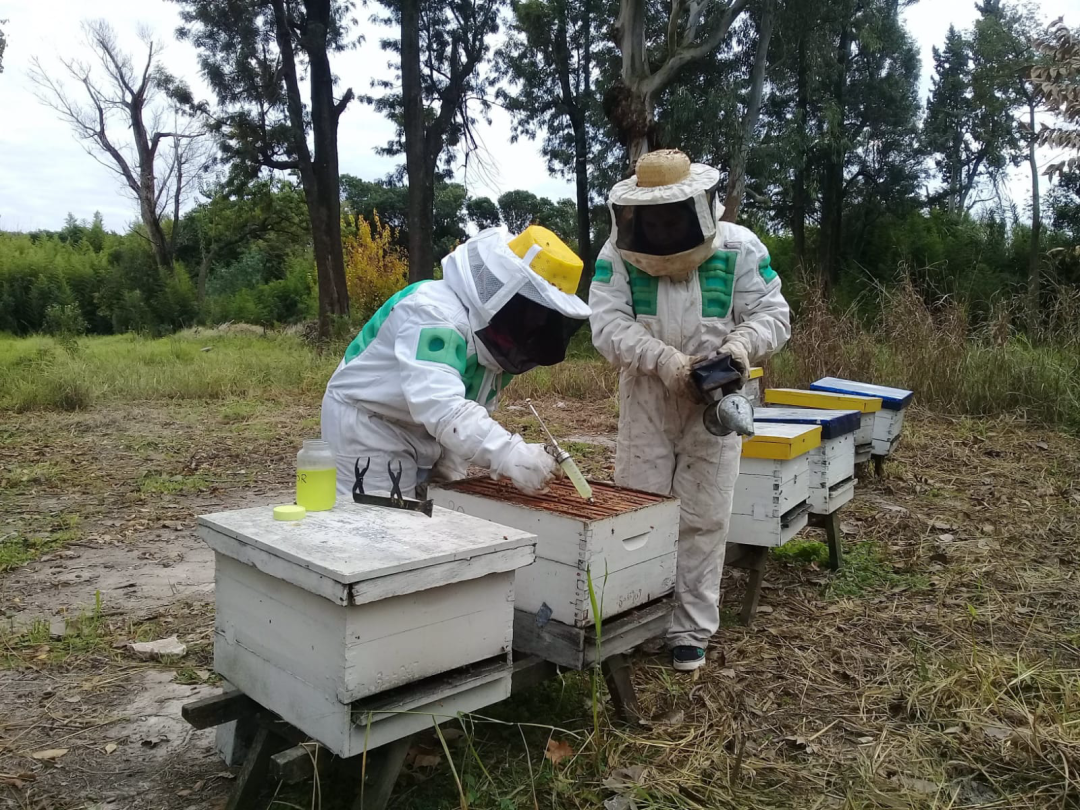Disclaimer:
Please be aware that the content herein is comprised of personal reflections, observations, and insights from our contributors. It is not necessarily exhaustive or authoritative, but rather reflects individual perspectives. While we aim for accuracy, we cannot guarantee the completeness or up-to-date nature of the content.
Type of project
Contributory project: It is designed by members of the scientific community, and citizens participate in data collection.
Collaborative project: Citizens participate in data collection and analysis.
Co-created project: Citizens participate in all stages of the scientific process.
Overall goal
Learn about the incidence and prevalence of the main diseases of interest within the beekeeping community in the province of Santa Fe, in order to contribute to decision-making related to their prevention, control, or eradication.
Specific goals
Identify sources and routes involved in the transmission of disease etiologic agents.
Identify at-risk populations that should be monitored or prioritized for disease prevention, control, or eradication actions.
Identify management and handling practices increasing the likelihood of the transmission of disease etiologic agents related to beekeeping.
Research the potential emergence of new health issues and predict changes in disease occurrence at the regional level.
Description of citizen participation
Honey producers and students from agrotechnical secondary schools take field samples at three different times of the year for the detection of diseases of interest within the beekeeping community (varroosis and nosema). Participants collect samples from bees inside 6 hives using 12 containers (one container for each disease) with alcohol and properly labeled with the name of the apiary and the date of collection. They also complete a form including a brief visual description of the state of the hive (number of frames with bees, larvae, honey, and pollen). In some cases, samples are taken with the assistance of professional researchers. In addition, participants complete two surveys per year to provide information on the acaricides used and time of application, hive mortality, agrochemical application in the fields surrounding the apiary, distribution of nearby apiaries, and annual honey production.
Data obtained from both sample analysis and survey responses are entered into Excel spreadsheets for their later evaluation with statistical software by professional researchers. Once a year, after analyzing all the information obtained, the participants collaborate in drafting the final report and elaborating hypotheses on possible answers to the surveyed issues. If possible, apiary management and handling changes are implemented and follow-up is carried out.
Time Frame
2/01/2017 - N/A.
Project leaders
Agostina Giacobino, National Scientific and Technical Research Council (CONICET)
Adriana Pacini, CONICET
Emanuel Orellano, National Institute of Agricultural Technology (INTA)
Contact information
Email: [REDACTED_EMAIL]; [REDACTED_EMAIL]; [REDACTED_EMAIL]
Web: inta.gob.ar/documentos/proyecto-apiarios-centinela-aplicacion-de-un-sistema-de-vigilancia-epidemiologica-en-colmenas-de-la-provincia-de-santa-fe
SDGs
 Consent to share form or official link.
Consent to share form or official link.

 12Responsible consumption and production
12Responsible consumption and production
Comments
Log in to add a comment or reply.